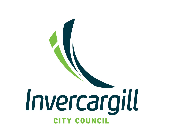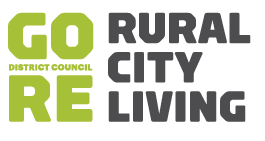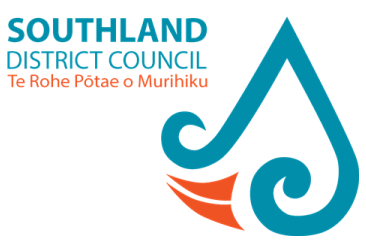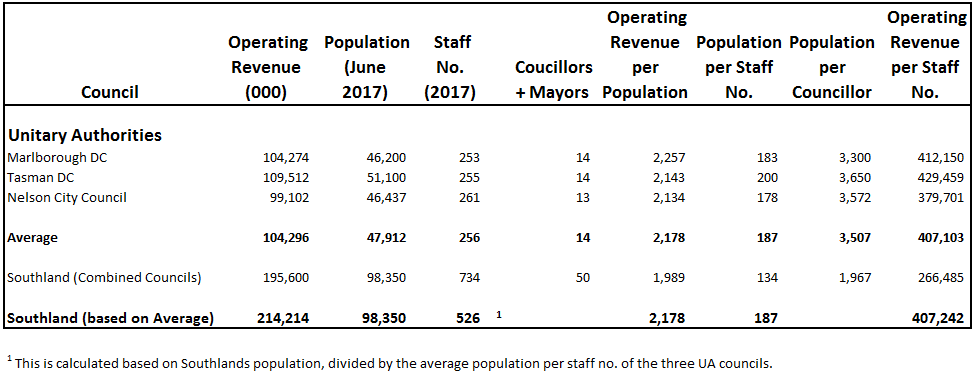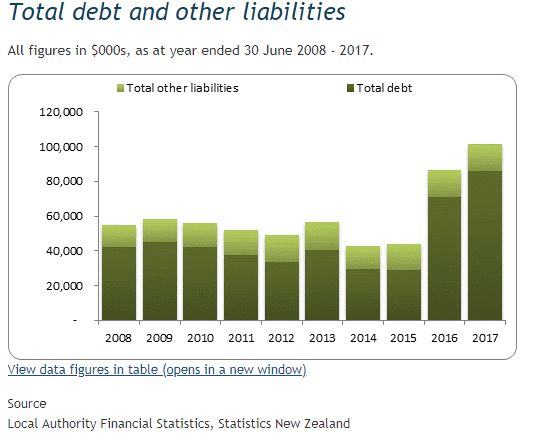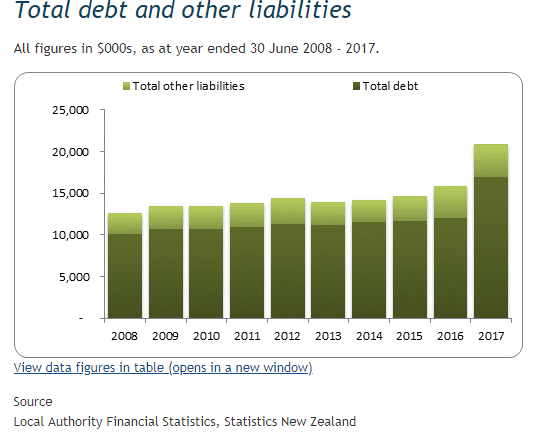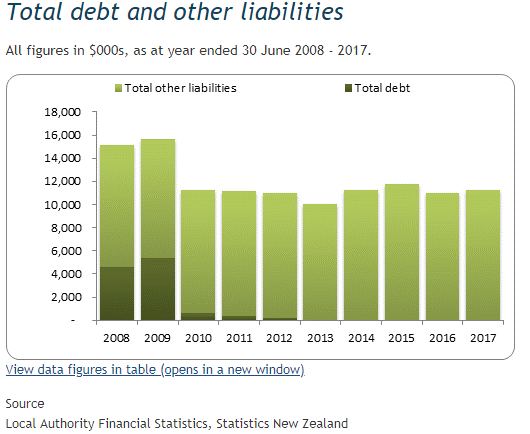Invercargill City Council
The Invercargill City Council is an urban council with a rural fringe. It also includes the area south of the city to the town of Bluff. The territorial population is 54,800 and the urban population is 50,800 (June 2017). The council is governed by 12 Councillors and 1 Mayor. There are 333 council employees (2017). Operating Revenue $82.2m. Public Equity $836.5m.
Gore District Council
Gore is also a rural based council and it represents 12,450 residents (June 2017). The urban population was estimated at 9,860 (June 2017). The council is governed by 11 Councillors and 1 Mayor. There are 96 council employees (2017). Operating Revenue $20.04m. Public Equity $377.1m.
Southland District Council
The Southland District Council is a rural based council representing 31,100 residents (2017). It is governed by 12 elected Councillors and 1 Mayor. There are 141 council employees (2017). Operating Revenue $64.4m. Public Equity $1,484.6m.
Southland Regional Council
The Southland Regional Council covers the full Southland area. This council is governed by 11 Councillors and 1 Chairman. There are 164 council employees (2017). Operating Revenue $28.96m. Public Equity $74.06m.
Understand the issues of amalgamation
The last major re organisation of Southland Councils was in 1989. That was nearly 30 years ago. For Southland District this meant four local authorities combining. For Gore it was combining the Gore & Matuara borough councils and parts of Southland District. For Invercargill it was combining the Bluff borough council.

There are others calling for a review
Council's expand as they desire to show relevance for their ratepayers. Competition is a strong commercial imperative, however this does not hold true for councils. They can build a case for more staff without the need for sales to validate that decision.
How many staff are required to support our modest population?
I have looked to other councils to examine that question.
Council Comparison
How do the four Southland councils combined, compare against the upper South Island unitary authorities? From the graphic it is very apparent that our current structure is personnel heavy. Front-line services could be provided by fewer council staff. Based on the average, Southland has 40% more staff than the unitary authority councils. The disparity in elected officers is even more extreme.
Source: localcouncils.govt.nz
The Conundrum

Councils are being asked to provide improved services. Higher standards of drinking water, improvements in the way waste water is handled. This will put upward pressure on their source for funds. Is it coming from rates or are some of the councils increasing debt levels?
Invercargill City Council
The Invercargill City Council's debt profile has jumped abruptly in the last two years. The city has major storm water infrastructure upgrades ahead. This will only compound this trend.
Gore District Council
Gore has shown an annual need for further debt, with a much larger ramp up in 2017.

What is the way forward?
Do we want improvements to occur in our region?
Do we want pride in our infrastructure? Roads that are well maintained, so our region continues to be the showcase of a prestigious cycling event? Bridges that are painted? A prosperous and vibrant region to be proud of?
This will not be achieved by borrowing more & hoping for fine weather.
Tough decisions need to be made.
The silent majority will need to echo support for change. There will be many who will be reluctant to support a new way forward. Some of these will have a vested interest in the status quo.
This process cannot happen without the support of the community.
Those who are against this process will tell you it has been rejected in other regions and not to go there.
The numbers above speak to our gross inefficiency. Over 200 council staff more than comparable councils in the upper South Island are operating with (based on population). A lower wage bill means more for infrastructure & services with less accumulated debt.
How do we progress an amalgamation?
The Local Government Commission has been established to provide resources for council reorganisations. In 2012, changes to the Local Government Act 2002 were made, this has allowed groups or individuals to apply for a reorganisation. The application is required to explain what the changes are designed to achieve, the improvements that would result and that there is community support for some type of change.
How do you show your support?
Contact your Councillor and let them know your thoughts.
Write a letter to the news paper.
Enter the sphere of blogging & put forward your views.
Engage with others on social media.
A way forward
There would be many steps to consider in an amalgamation. There is expertise in the Local Government Commission for a detailed evaluation and proposal to come forward. Here are my broad ideas.
